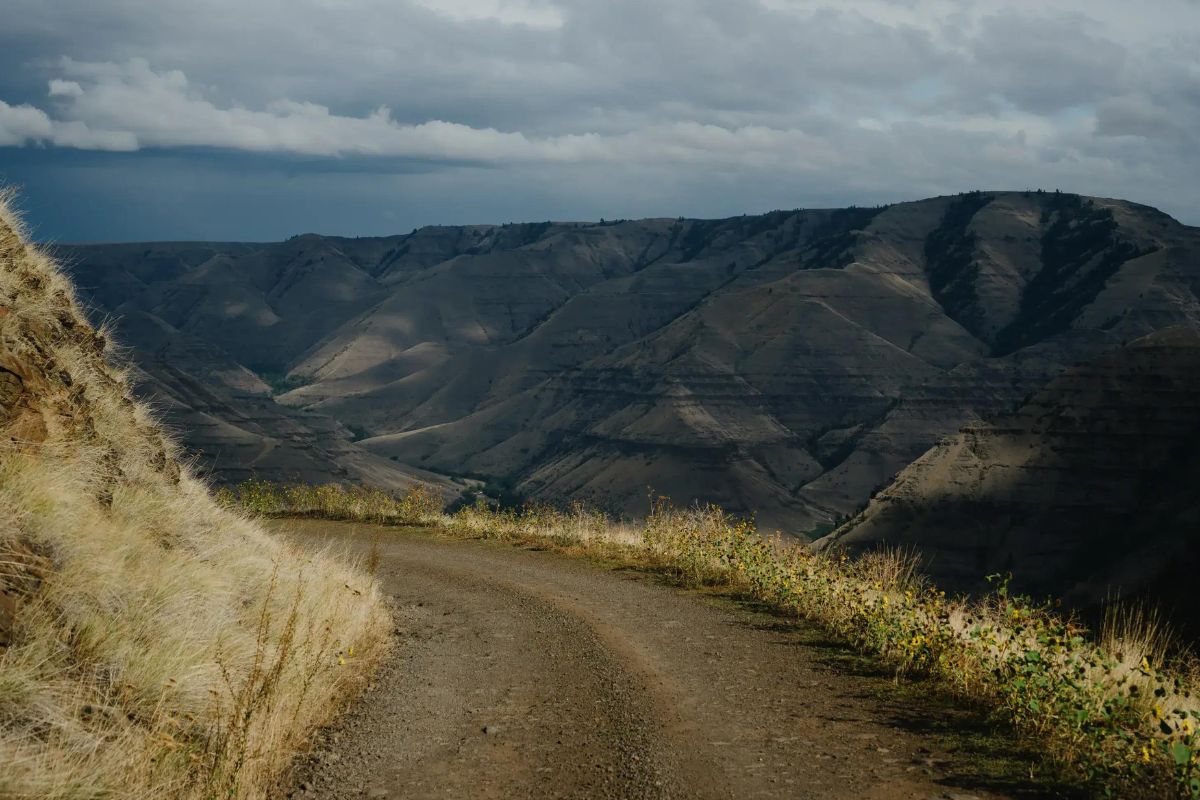Secrets In The Wagon Ruts Of The Oregon Trail

Ever wondered what secrets lie in the wagon ruts of the Oregon Trail? This historic route, stretching from Missouri to Oregon, holds tales of adventure, hardship, and hope. Pioneers braved harsh weather, rugged terrain, and countless challenges to reach the promise of a better life in the West. Today, you can still see the deep grooves left by their wagons, a testament to their determination. Walking along these paths, you can almost hear the creak of wooden wheels and the murmur of voices from the past. Ready to step back in time and uncover the stories etched into the landscape?
The Oregon Trail: A Journey Through Time
The Oregon Trail stands as a testament to the courage and determination of pioneers who ventured westward in search of new opportunities. Along this historic route, wagon ruts etched into the landscape tell stories of hardship, hope, and discovery. Let's uncover some of the secrets hidden in these ancient tracks.
1. Independence, Missouri: The Starting Point
Independence, Missouri, marks the beginning of the Oregon Trail. This bustling town served as the launchpad for many pioneers setting off on their arduous journey.
- National Frontier Trails Museum: This museum offers a deep dive into the lives of those who traveled the Oregon Trail. Exhibits include artifacts, diaries, and interactive displays.
- Independence Square: Once a hub of activity for traders and travelers, this historic square now features shops, restaurants, and historical markers.
- Bingham-Waggoner Estate: This beautifully preserved mansion provides a glimpse into the lives of wealthy settlers during the 19th century.
2. Chimney Rock: A Landmark of Hope
Chimney Rock in Nebraska served as a critical landmark for pioneers. Its towering spire signaled that they were on the right path.
- Chimney Rock National Historic Site: Visitors can explore the visitor center, which offers exhibits on the geology and history of the area.
- Scotts Bluff National Monument: Nearby, this monument provides stunning views of the surrounding plains and additional historical context.
- Mitchell Pass: This pass was a crucial route through the bluffs, and remnants of wagon ruts can still be seen today.
3. Fort Laramie: A Haven for Weary Travelers
Fort Laramie in Wyoming was a vital stop for pioneers. It offered a place to rest, resupply, and seek protection.
- Fort Laramie National Historic Site: This site preserves many original buildings and offers reenactments and educational programs.
- Laramie River: The river provided a much-needed water source for both people and livestock.
- Register Cliff: Pioneers carved their names into this sandstone cliff, leaving behind a historical record of their journey.
4. South Pass: Gateway to the West
South Pass in Wyoming was the key to crossing the Rocky Mountains. Its gentle slope made it possible for wagons to traverse the otherwise formidable range.
- South Pass City State Historic Site: This ghost town offers a glimpse into the gold rush era and the lives of those who settled here.
- Atlantic City: Another historic mining town, Atlantic City, features preserved buildings and a small museum.
- Parting of the Ways: This fork in the trail forced pioneers to choose between the Sublette Cutoff and the longer, safer route.
5. Fort Hall: A Trading Post Oasis
Fort Hall in Idaho was a crucial trading post where pioneers could restock supplies and trade with Native Americans.
- Fort Hall Replica: This reconstruction of the original fort offers exhibits on the fur trade and pioneer life.
- Shoshone-Bannock Tribal Museum: Learn about the history and culture of the Native American tribes who interacted with pioneers.
- Snake River: The river provided a vital water source and a challenging obstacle for travelers.
6. The Dalles: The Final Stretch
The Dalles in Oregon marked the end of the overland journey for many pioneers. From here, they would navigate the Columbia River to reach the fertile Willamette Valley.
- The Dalles Lock and Dam: This modern structure offers insights into the region's history and the importance of the Columbia River.
- Fort Dalles Museum: Housed in an original military building, this museum showcases artifacts from the pioneer era.
- Columbia Gorge Discovery Center: This center provides exhibits on the natural and cultural history of the Columbia River Gorge.
Lessons from the Oregon Trail
The Oregon Trail offers more than just a glimpse into the past. It teaches resilience, determination, and the importance of community. Pioneers faced countless challenges, from harsh weather to limited supplies, yet they persevered. Their journey reminds us of the value of preparation and adaptability. The wagon ruts left behind are not just marks on the ground but symbols of human spirit and adventure. Visiting these historic sites today connects us to those who came before, offering a tangible link to history. Whether you're a history buff or just curious, exploring the Oregon Trail can be a meaningful experience. So next time you see those wagon ruts, remember the stories they tell and the lessons they impart. The trail's legacy continues to inspire and educate, reminding us of the enduring human quest for new horizons.

